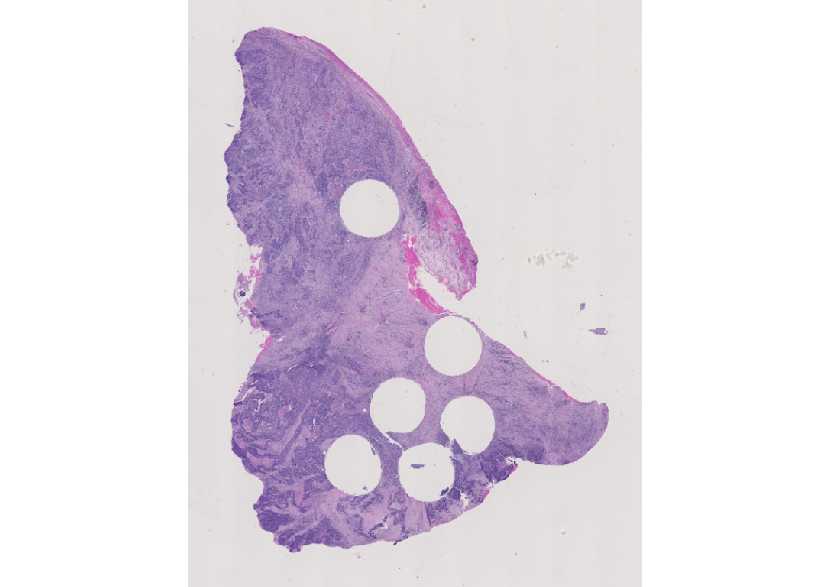Section headings are based on FDA’s draft guidance “Technical Performance Assessment of Digital Pathology Whole Slide Imaging Devices” (TPA; LINK). The TPA was chosen as the basis of this page as it is the first comprehensive document covering Whole Slide Imaging systems and their components. The goal being to measure and assess the performance of individual components of the systems, in addition to system level performance measurements.
The development of phantom slides, other objects, and equipment that will be used to measure performance will be pivotal to furthering understanding, developing, measuring and assessing these systems. These are cataloged in our Materials List.
Component-based assessment
For the purposes of this guidance, a component is a piece of hardware, software, or a combination of hardware and software that processes the image signals flowing through the imaging chain. These components include:
- Slide Feeder: the mechanism(s) used to introduce the slide(s) to the scanner
- Light Source: generates and delivers light to the slide being imaged
- Imaging Optics: optically transmit an image of the tissue from the slide to the digital image sensor
- Mechanical Scanner Movement: characterizes the stage upon which the glass slide is affixed
- Digital Imaging Sensor: convert the optical signals of the slide to digital signals
- Image Processing Software: algorithms for image capture and raw data conversion into the digital image file
- Image Composition: the process to produce whole slide images as opposed to individual fields of view
- Image File Formats: formats used to store whole slide images
- Image Review Manipulation Software: tools to perform functions such as panning, zooming, etc.
- Computer Environment: workstation to retrieve the digital image file and drives the display
- Display: optoelectronic device that converts the digital image signals into optical image signals
System-based assessment
- Color Reproducibility: measures color differences between the input color stimuli and the digital output
- Spatial Resolution: quantifies the ability of the system to differentiate between two objects
- Focusing Test: characterizes focus quality of the digital output
- Whole Slide Tissue Coverage: evaluates whether a tissue specimen is captured on the image
- Stitching Error: enables a WSI system to combine thousands of sub-images into a single whole-slide image
